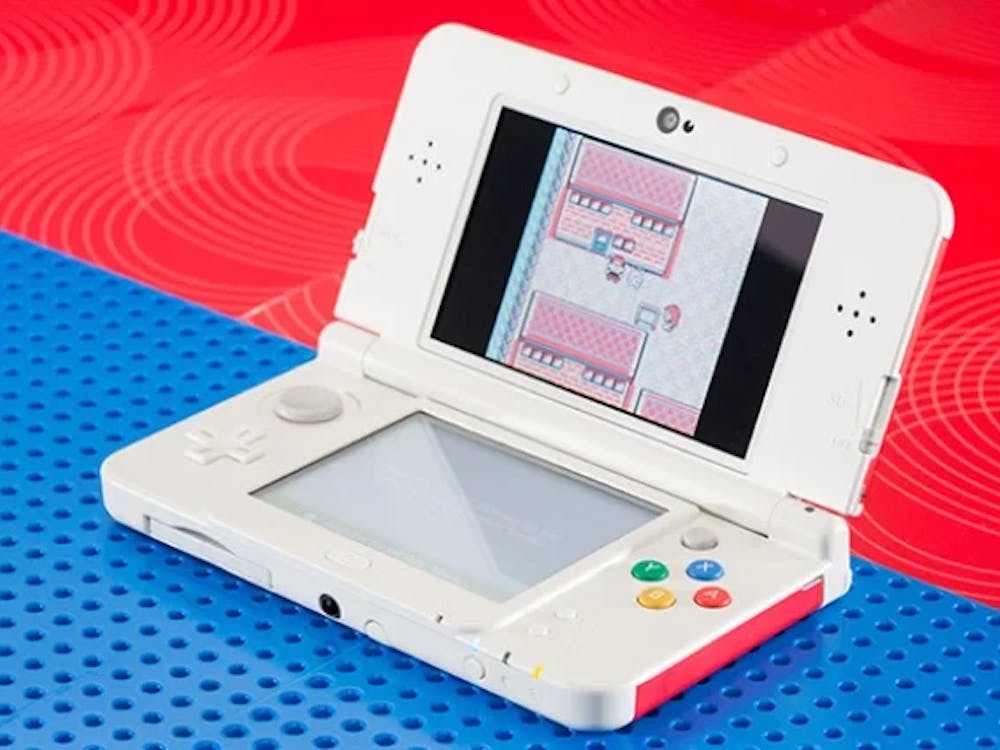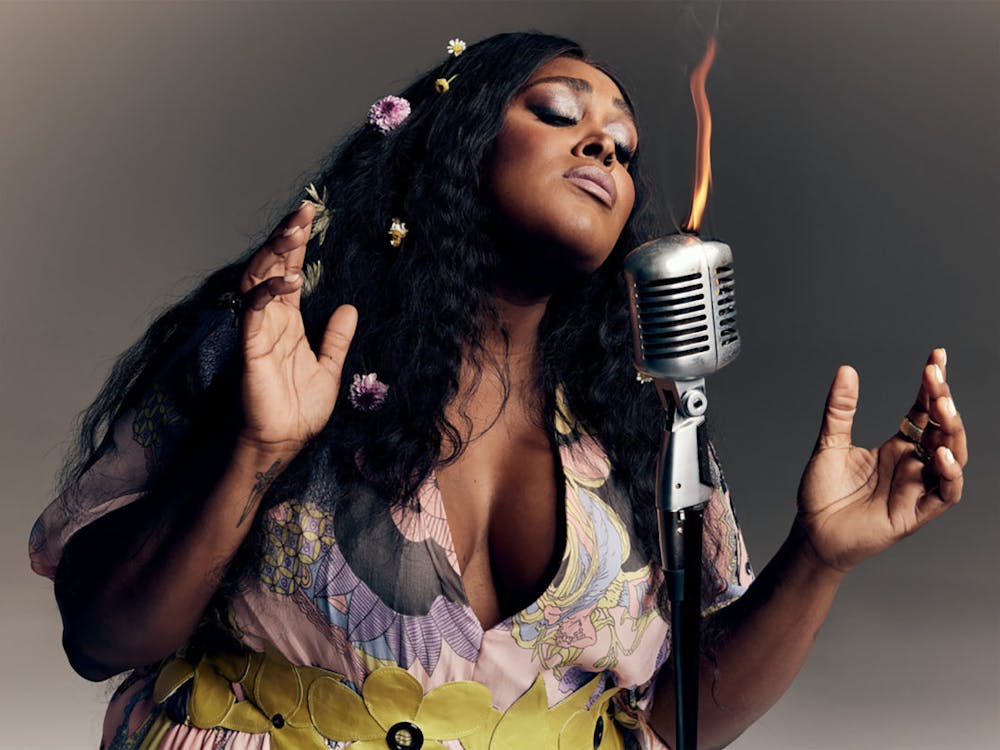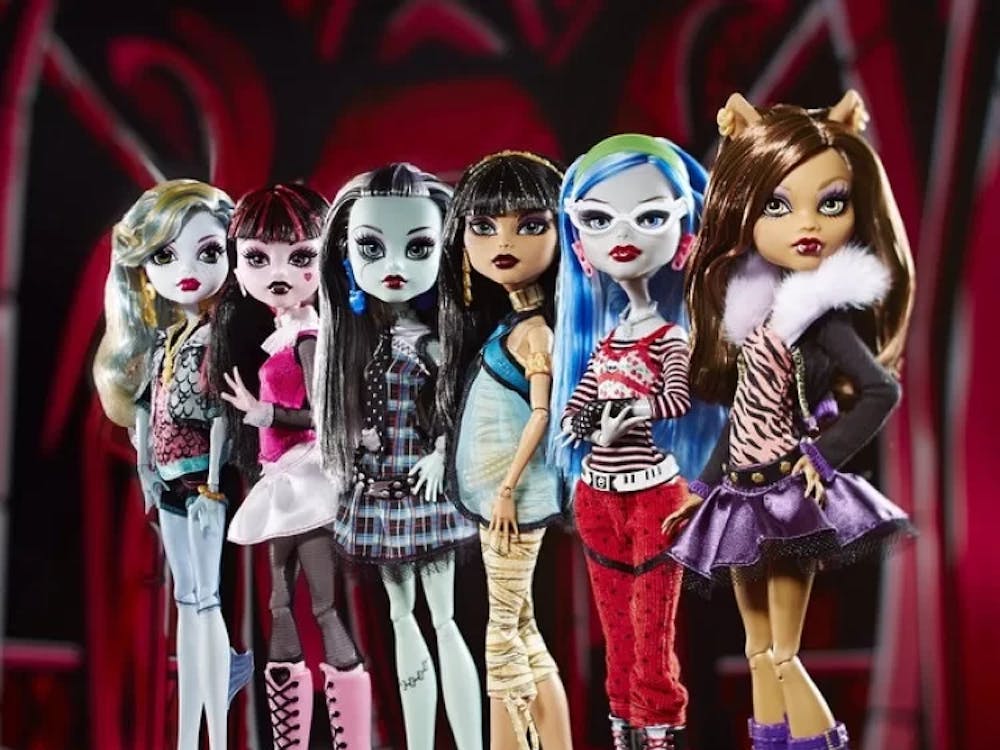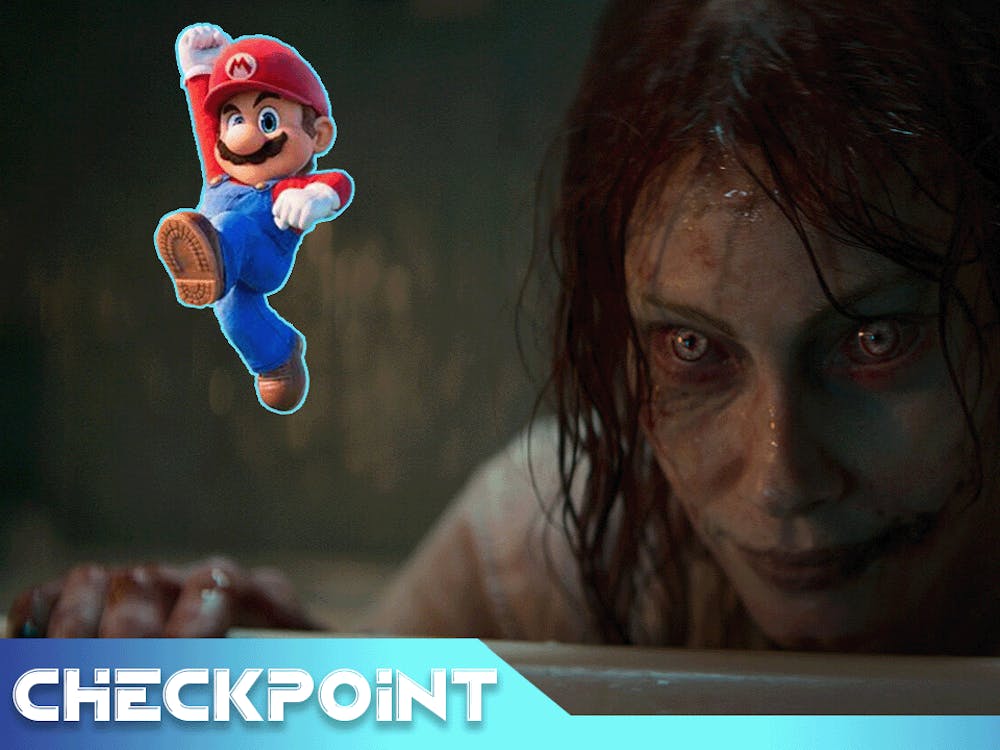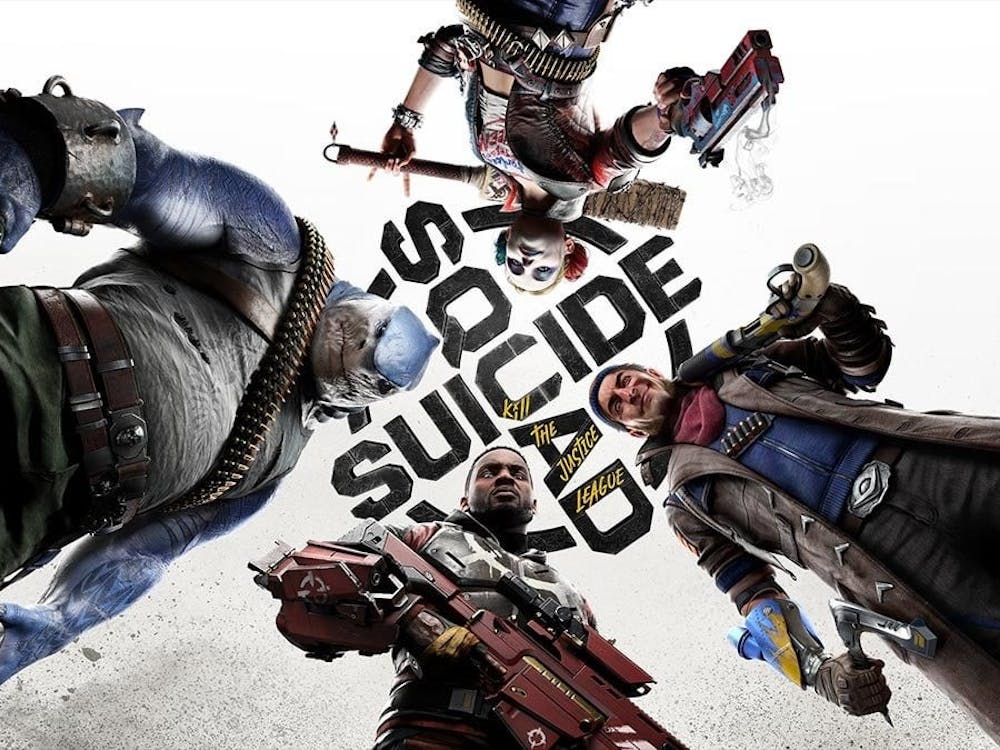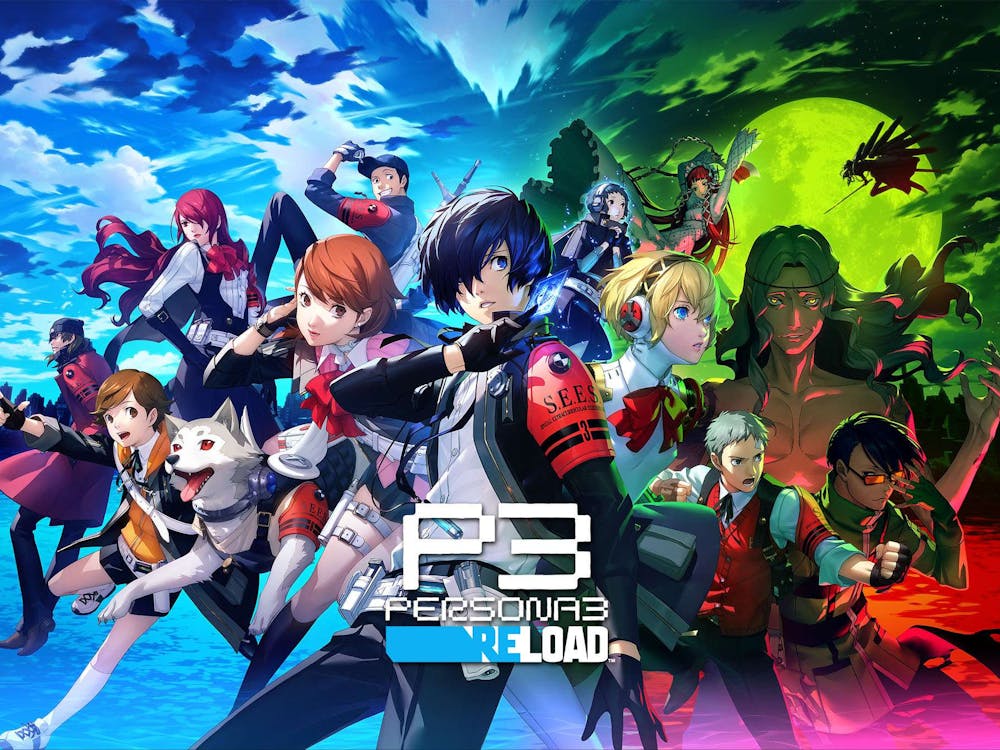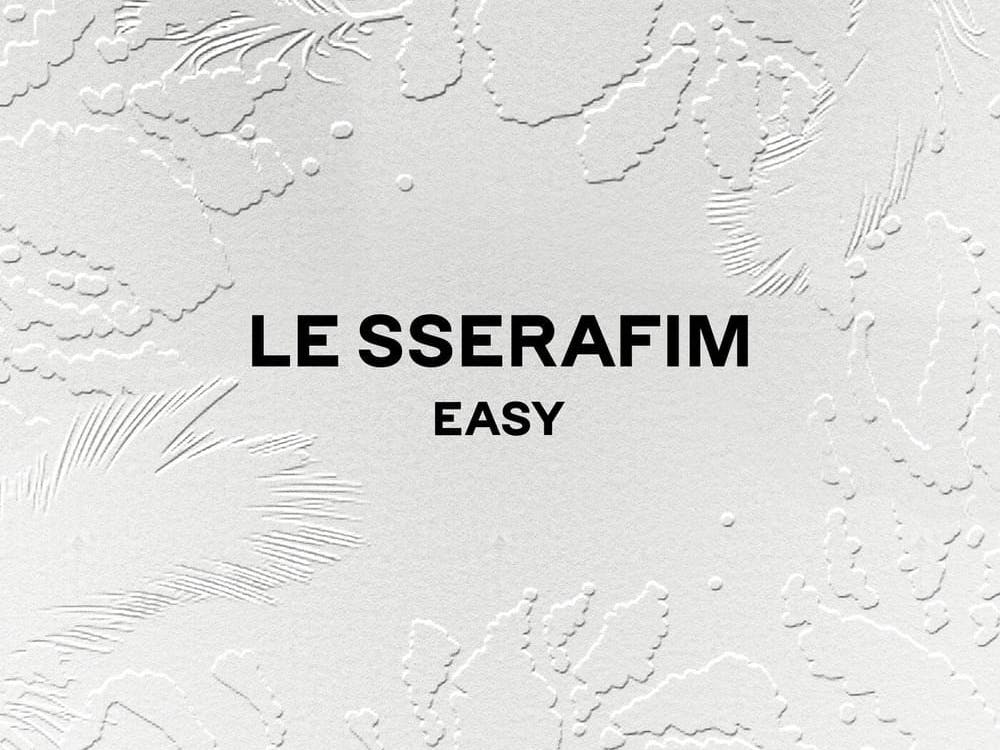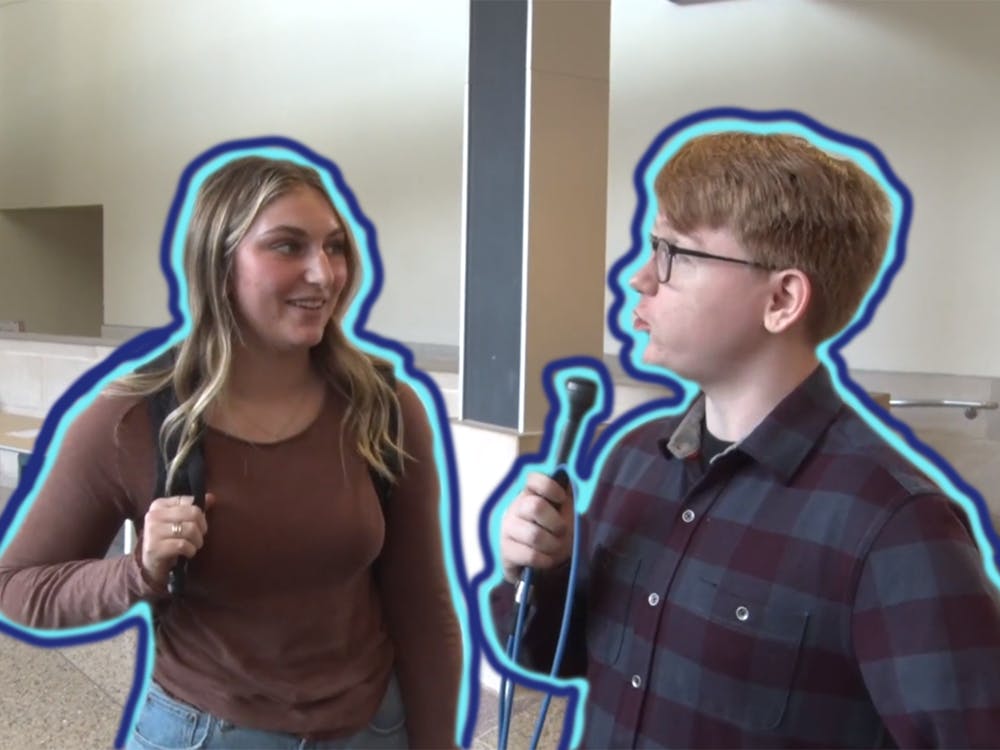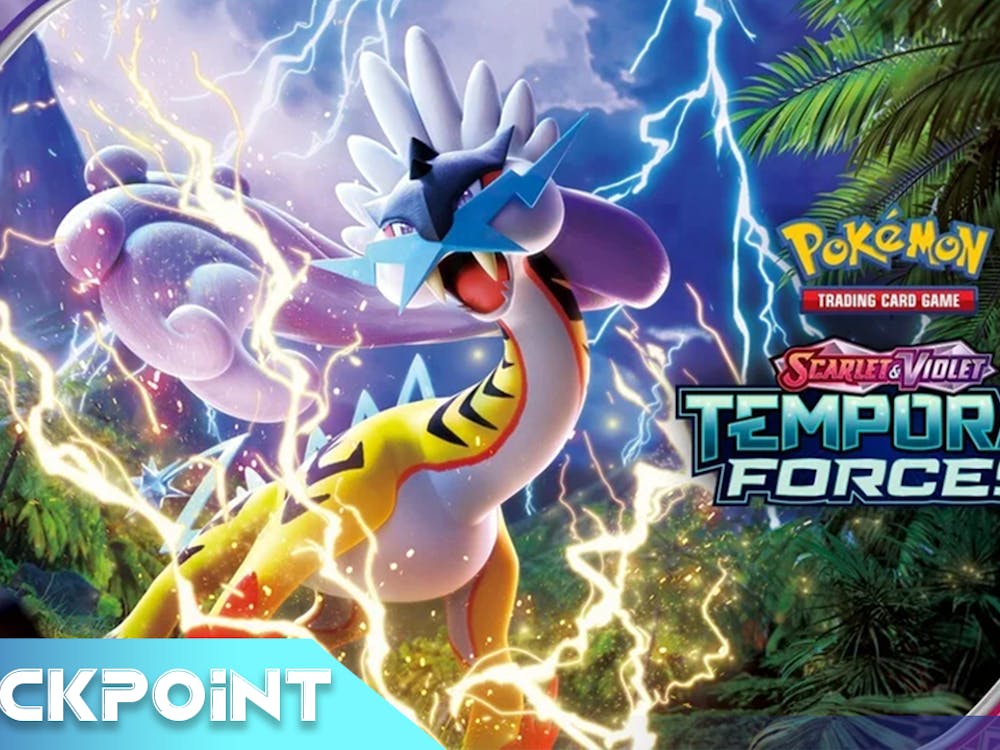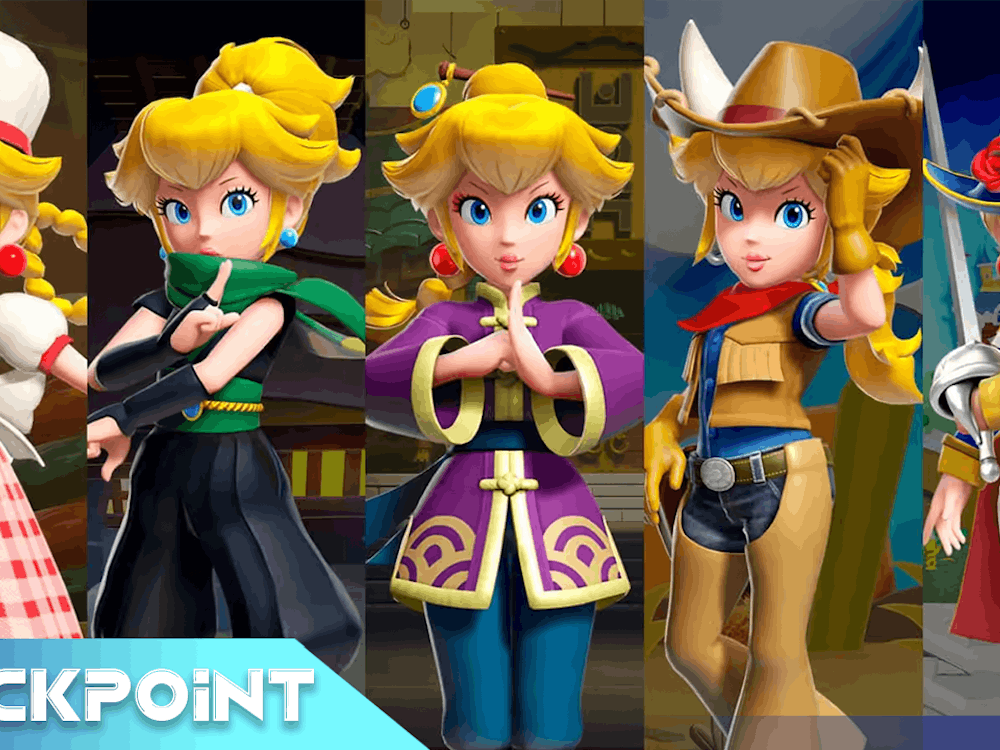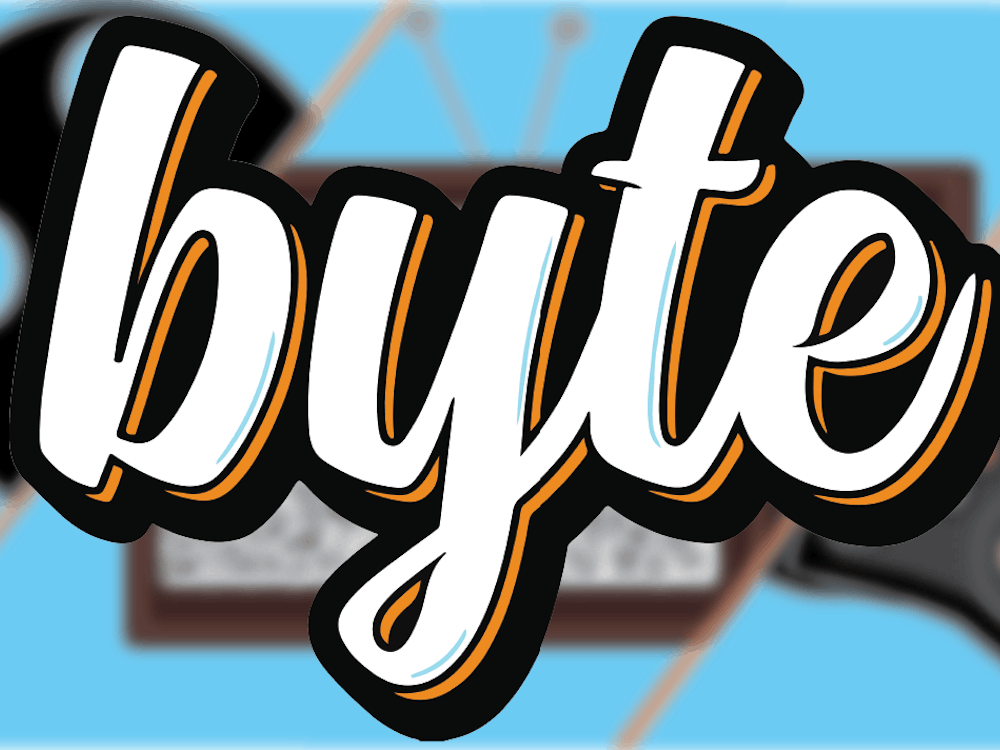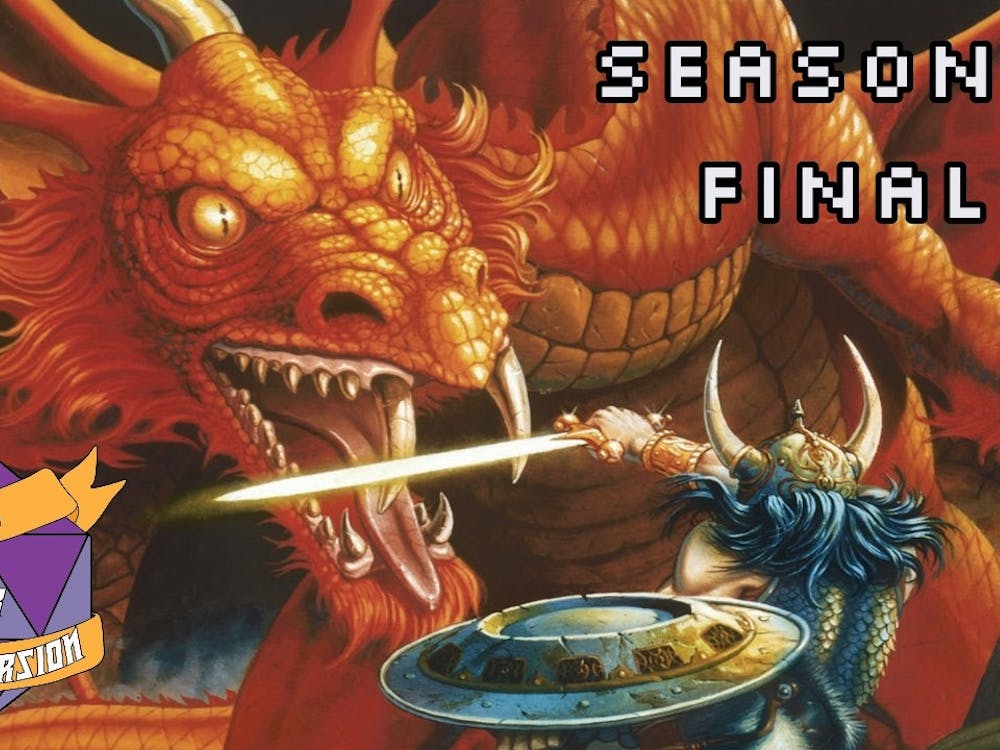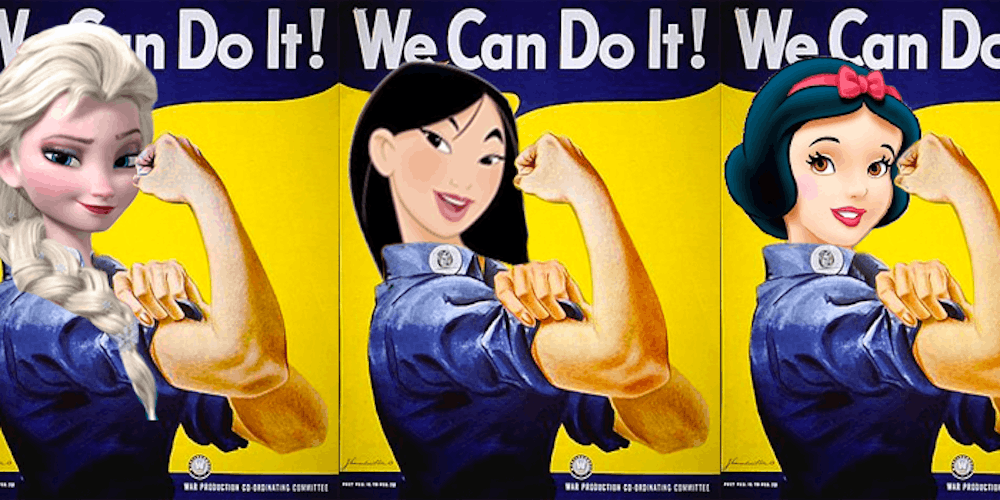The opinions and views expressed in this article are those of the author and do not reflect the opinion of Byte or Byte’s editorial board.
Recently, actress Kristen Bell went public saying that she uses Disney stories, specifically that of Snow White, to teach her kids the concept of consent.
“Don’t you think that it’s weird that the prince kisses Snow White without her permission? Because you can not kiss someone if they’re sleeping!” said Bell to her children, according to USA Today.
Though Bell voiced Anna in Disney’s Frozen, she was still open with the idea of denouncing concepts portrayed in some Disney movies, particularly their princess movies.

Image from USA Today
It is important to understand that Disney movies play a huge role in the lives of children. They can blur the lines of consent, like in Snow White and Sleeping Beauty, when the prince kisses the princess without consent and it is a celebrated part of the story. Of course, the kiss does play into the plotline, so it is important, but children are impressionable and developing their ideologies and opinions. Kids look up to their favorite characters as role models, so even a plot device so simple as a non-consensual kiss could send the wrong kind of message.
Though Bell is certainly not the first celebrity to denounce outdated ideas in Disney stories, she is among many parents who make it a point to teach their children about bodily autonomy and consent. These concepts are incredibly important in obtaining a progressive society.
So what happens when we recognize problems in past movies and stories? Change happens. After movies/stories like Snow White, Sleeping Beauty, and Cinderella, that are pretty reductive to women’s existence. Depicting them as helpless and/or homemakers dependent on being rescued (usually by a man) made audiences start to recognize the issues with this depiction of women and advocate for change.

Image from Odyssey
After this first generation of princesses, the second generation progressed with movies like Mulan. Mulan was a woman of color, and also happened to save her entire country, which was a refreshing reversal of roles. This movie shows younger viewers that women are capable, intelligent, and able to do more than just be saved by a man and then clean the house.
More modern third generation Disney movies, like Moana and Frozen progress as well by having more women saving the day on their own. Moana actually does not even have a romantic plotline at all, only a determined woman who is sure of her abilities and saves her whole island. There is even a scene in the new Wreck it Ralph movie, Ralph Breaks the Internet, with all of the Disney princesses in one room. This scene is completely devoid of any tropes, and the princesses actually jump to defend themselves when Vanellope transports herself into their room. Traditionally, many Disney princesses turned to someone else, usually a prince, for defense.
Modern Disney movies are not the problem, but that is because speaking out about dated and played out stereotypes ultimately gives companies like Disney no choice but to offer fair depictions of women. This, in turn, provides children with role models and storylines that do more than promote non-consensual interactions and reinforce the tired hero-saves-damsel-in-distress formula that had become commonplace.
Sources: USA Today, YouTube
Images: USA Today, Odyssey, YouTube
Featured Image: Elena Leddy
For more entertainment, tech, and pop culture related content, visit us at Byte BSU!

